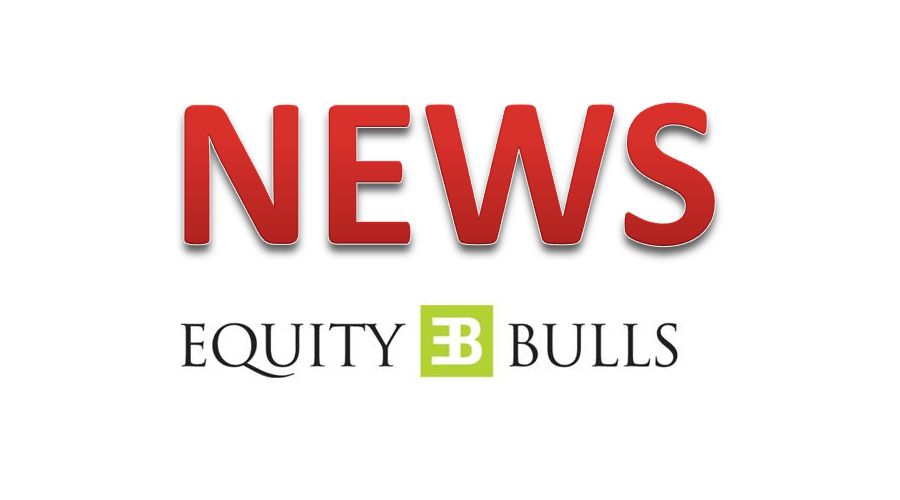 Karnataka Bank appoints Veteran Banker Mr Raghavendra S Bhat as its New Managing Director & CEO
Karnataka Bank appoints Veteran Banker Mr Raghavendra S Bhat as its New Managing Director & CEO Websol signs MoU with Andhra Pradesh Economic Development Board
Websol signs MoU with Andhra Pradesh Economic Development Board Sellwin Traders Ltd has signed MOU to acquire 36% Equity Stake in Kumkum Wellness
Sellwin Traders Ltd has signed MOU to acquire 36% Equity Stake in Kumkum Wellness Western Carriers Reports Q2 & H1 FY26 Results
Western Carriers Reports Q2 & H1 FY26 Results Lupin announces closure of Inspection by U.S. FDA at its Nagpur Unit-1 Facility with No Observations
Lupin announces closure of Inspection by U.S. FDA at its Nagpur Unit-1 Facility with No Observations
Research
HDFC Securities - Indian microfinance Sector Thematic - Should you look micro as macros disappoint?
Posted On : 2020-09-30 11:14:36( TIMEZONE : IST )

Mr. Darpin Shah, Institutional Research Analyst, HDFC Securities
Fast growth, high return ratios, and social impact have drawn investors to microfinance over the years, despite the business being inherently risky. In the past two years, while broader credit growth has slowed considerably, microcredit growth has fared better. The microfinance sector had seen benign asset quality trends until 1QFY21. However, it had the highest proportion of loans under moratorium, and PAR 30 for the industry has started to inch up. COVID-19 may prove to be the biggest credit event in recent times. Nevertheless, we believe that certain microfinanciers' prospects remain intact, and they provide attractive long-term investment opportunities. We initiate coverage on BANDHAN with a BUY (TP of Rs 367), UJJIVAN with a BUY (TP of Rs 356), USFB with an ADD (TP of Rs 40) and CREDAG with an ADD (TP of Rs 797).
Growth opportunity: At present, active microcredit borrowers are just 4.3% of the population. 10 Indian states account for >80% of outstanding microcredit and the average outstanding per borrower is ~Rs 39.3k. The clichéd premise of under-penetration and increasing financial inclusion forms an essential part of the investment thesis for microfinanciers. There is potential for further geographic diversification and consequent growth in borrowers and an increase in loan sizes. While in the near term, growth is likely to be tepid, we expect it to rebound sharply in FY22E and FY23E.
High RoAE business: Fat spreads permit microlenders to earn higher RoAEs than most other types of lenders. One can argue that eventually returns line up with those of other lending businesses, across cycles, given the event-based asset quality risks (AP microfinance crisis, demonetisation, etc.). However, few lenders have managed to buck industry-wide asset quality trends, allowing them to earn superior returns (e.g. BANDHAN/CREDAG delivered RoAEs of 21.5/~17% over FY16-20). We expect microfinanciers within our coverage to see a sharp fall in RoAEs to 7-17% in FY21E, followed by a recovery to 13.7-20% over FY22-23E.
Asset quality challenges: Historically, microcredit asset quality issues have been event-based and/or associated with specific locations, rather than tied with broader economic activity. Post demonetisation, asset quality trends have been relatively benign across lenders. COVID-19 poses a significant challenge on this front, as this segment saw the highest proportion of loans under moratorium (18% to 50%, last reported).
The investment opportunity: Most microfinanciers saw a significant price correction post the COVID-19 outbreak. As highlighted, microfinanciers' asset quality issues tend to be event driven. We therefore expect asset quality issues to peak in FY21E. Consequently, we expect microlenders within our coverage to see a significant recovery in return ratios in FY22/23E. Current valuations for these companies do not fully factor in their ability to deliver superior return ratios.
